
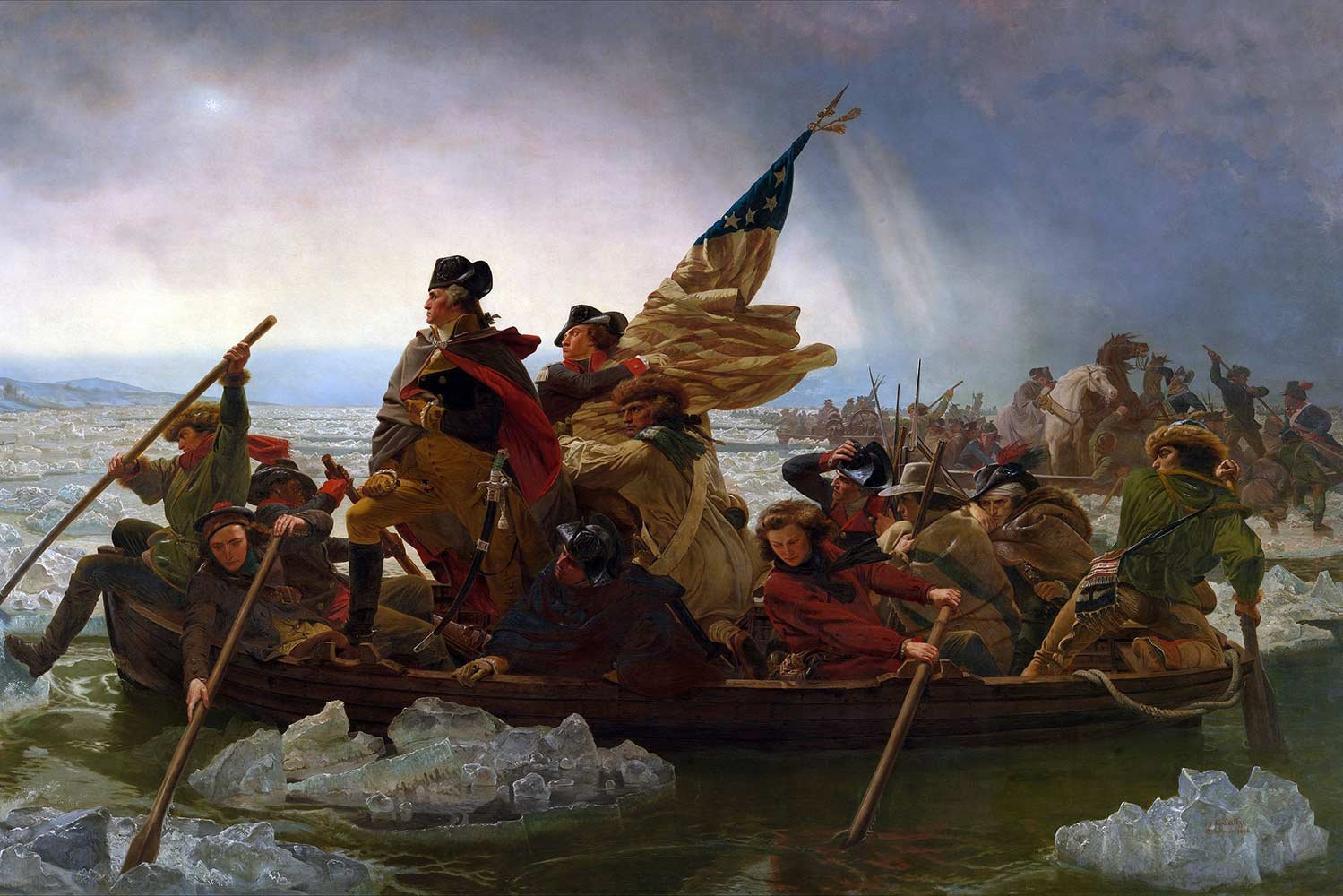
George Washington and the Crossing of the Delaware
In late December 1776, the American Revolution had reached its low point. The 16,000-man Continental Army that had driven the British out of Boston in March 1776, had lost countless battles over the course of nine months and dwindled to a skeletal force of 3,000 soldiers on the west side of the Delaware River.
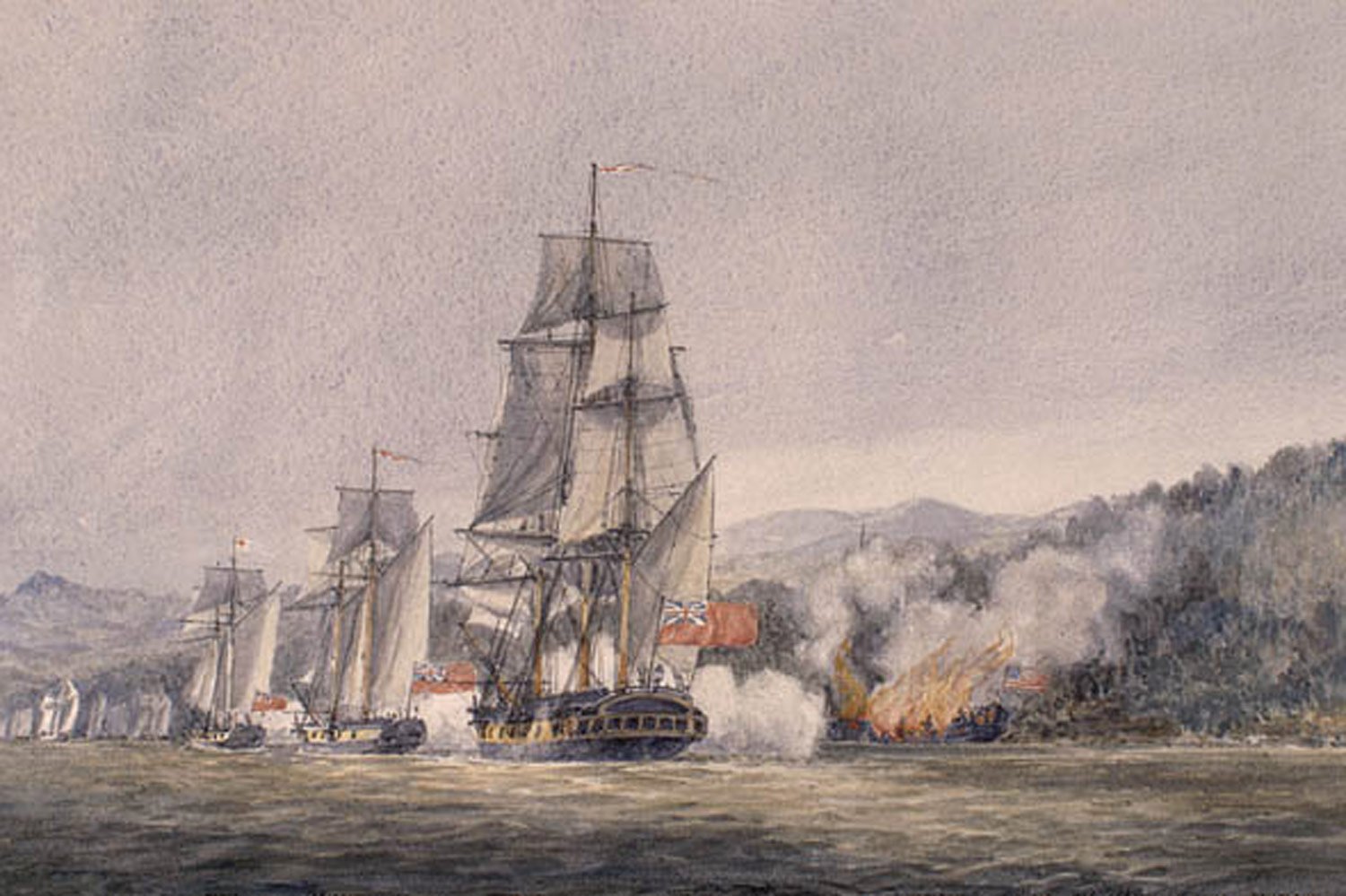
Northern Campaign Ends with Battle of Valcour Island
The Battle of Valcour Island, which took place on Lake Champlain, was the closing scene of the Northern Campaign of 1775-1776. It was one of the first naval battles of the American Revolution and, although a tactical defeat, it was a strategic victory for the American cause.
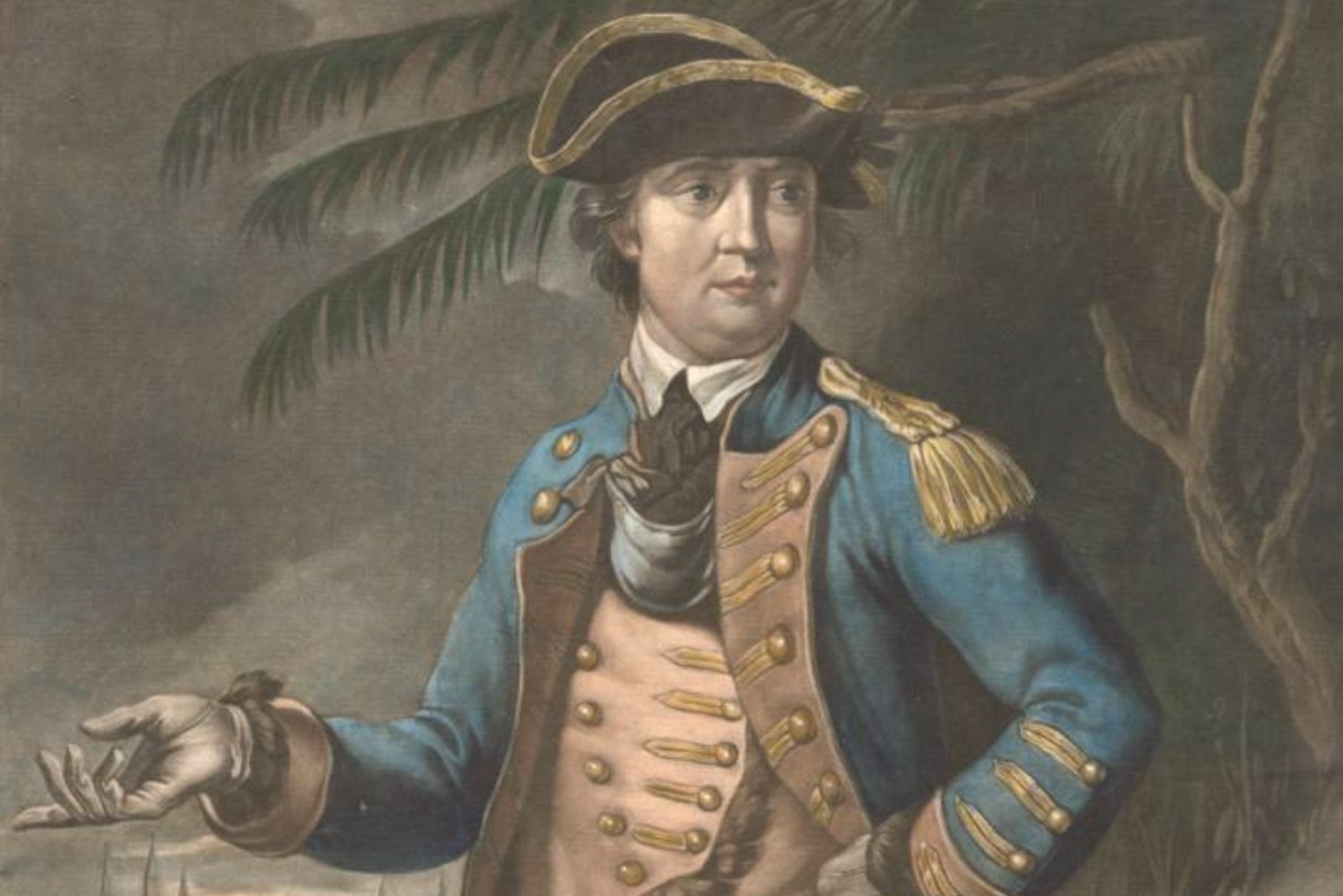
Americans Retreat After Failed Assault on Quebec
General Guy Carleton, the man in charge of British forces in Canada, chose to return to the safety of Quebec’s walls after repelling the American assault on the city instead of venturing out and attacking the remaining Americans. With the death of General Richard Montgomery, Colonel Benedict Arnold assumed command of the American army outside Quebec and, despite the setback, refused to give up on the conquest of Canada.
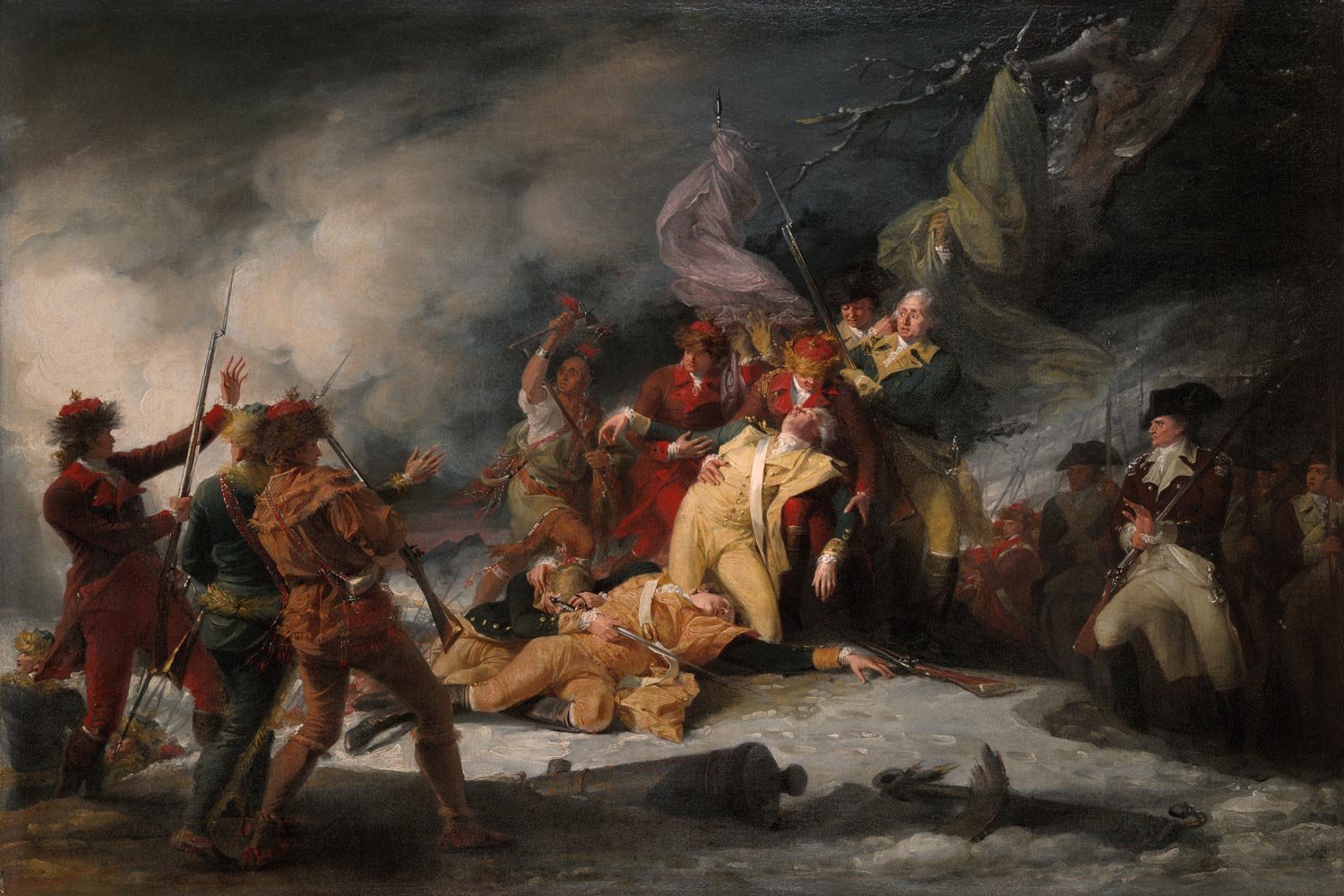
Assault on Quebec Ends in Disaster
On December 26, General Richard Montgomery assembled the key officers in his army besieging Quebec City to discuss their next steps. The bombardment of the city had failed to convince British General Guy Carleton to surrender and there were only five days remaining until the enlistments of most of Montgomery’s men expired and they left for home. There was grumbling in the ranks that the retreat should have already started.
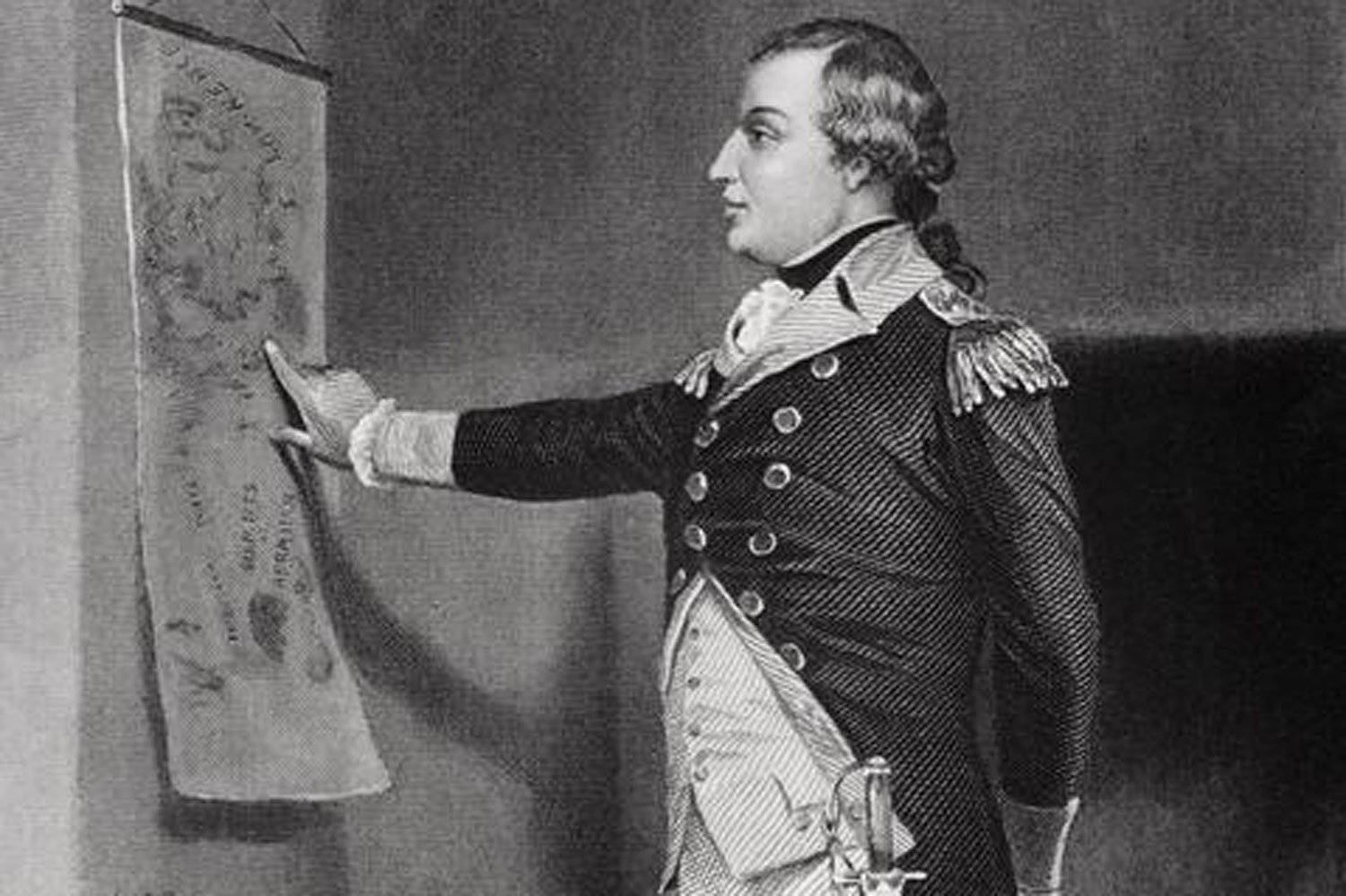
Americans Commence Siege of Quebec
With the capture of Montreal by General Richard Montgomery and the presence of Colonel Benedict Arnold’s force of 600 men on the Plains of Abraham, Britain’s foothold in Canada had dwindled to about one square mile, the area within the mighty walls of Quebec City. Now the defenses of that fortress would be tested by a band of determined Americans.
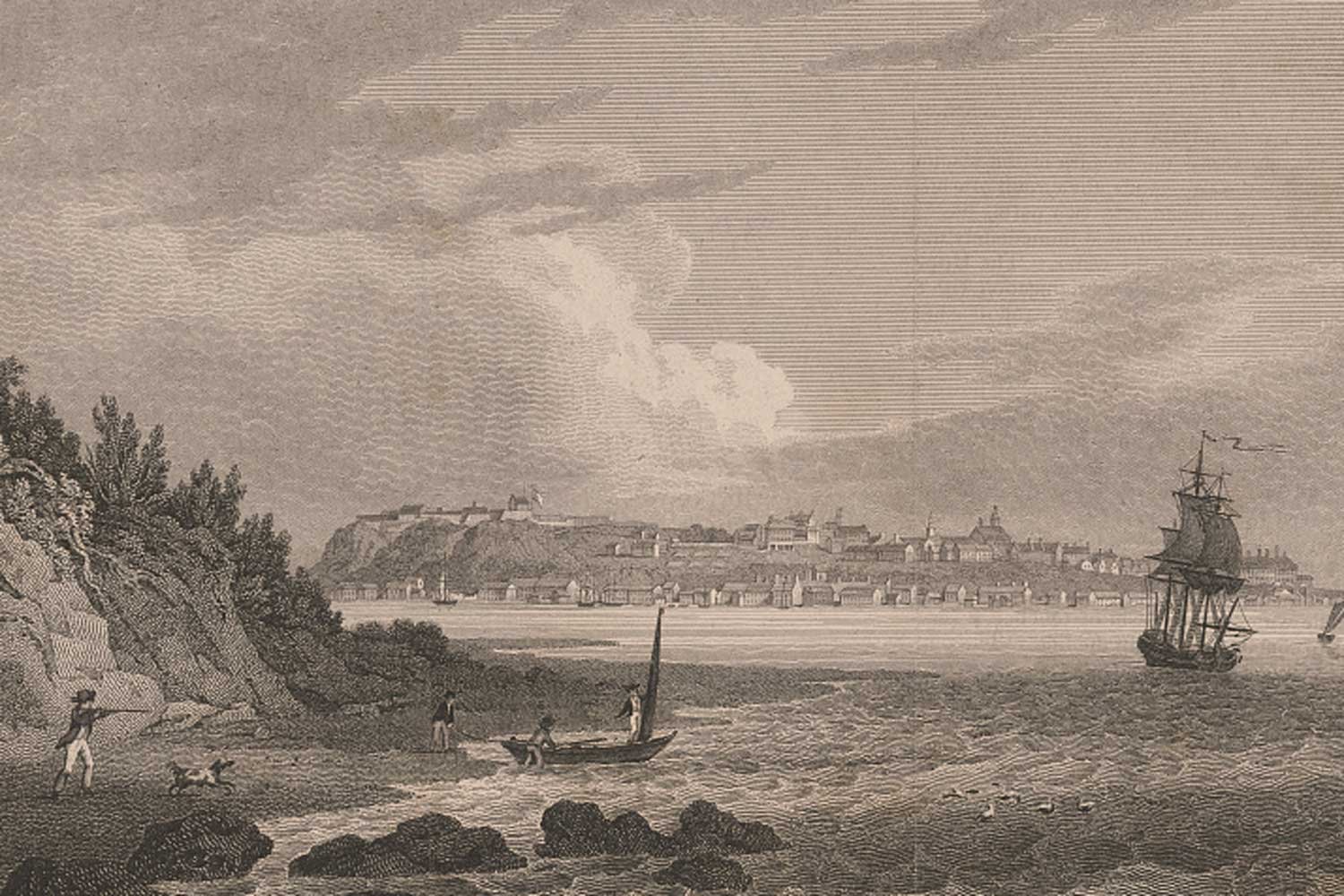
Benedict Arnold’s Army Reaches Quebec
After clearing the Height of Land, Colonel Benedict Arnold’s army on its way to capture Quebec City believed they were on the downhill slope to their destination, but their hardships were not finished. The area which they just entered was poorly mapped, and Arnold’s regiments paid the price for this lack of knowledge.
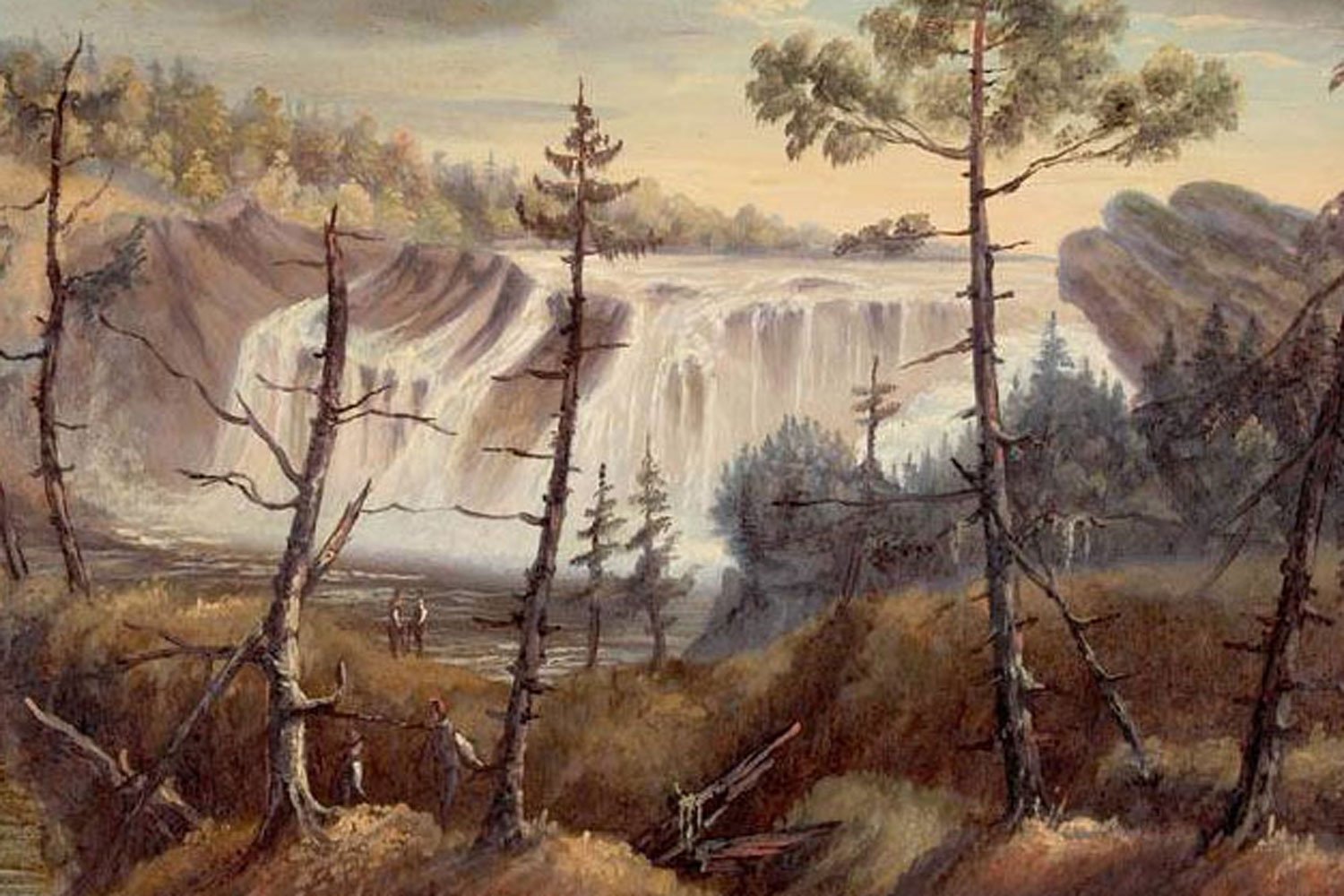
Arnold’s Army Marches into Trouble
When Colonel Benedict Arnold’s army reached the Great Carrying Place on October 11, 1775, they had been moving north on the Kennebec River for almost three weeks and had advanced eighty-four miles. The American militiamen were on their way to assault Quebec City, the crown jewel of British Canada. The time originally estimated for the entire journey to Quebec was about twenty days, and the anticipated distance was 180 miles. Neither Arnold nor the men were aware they had another 300 miles to go.
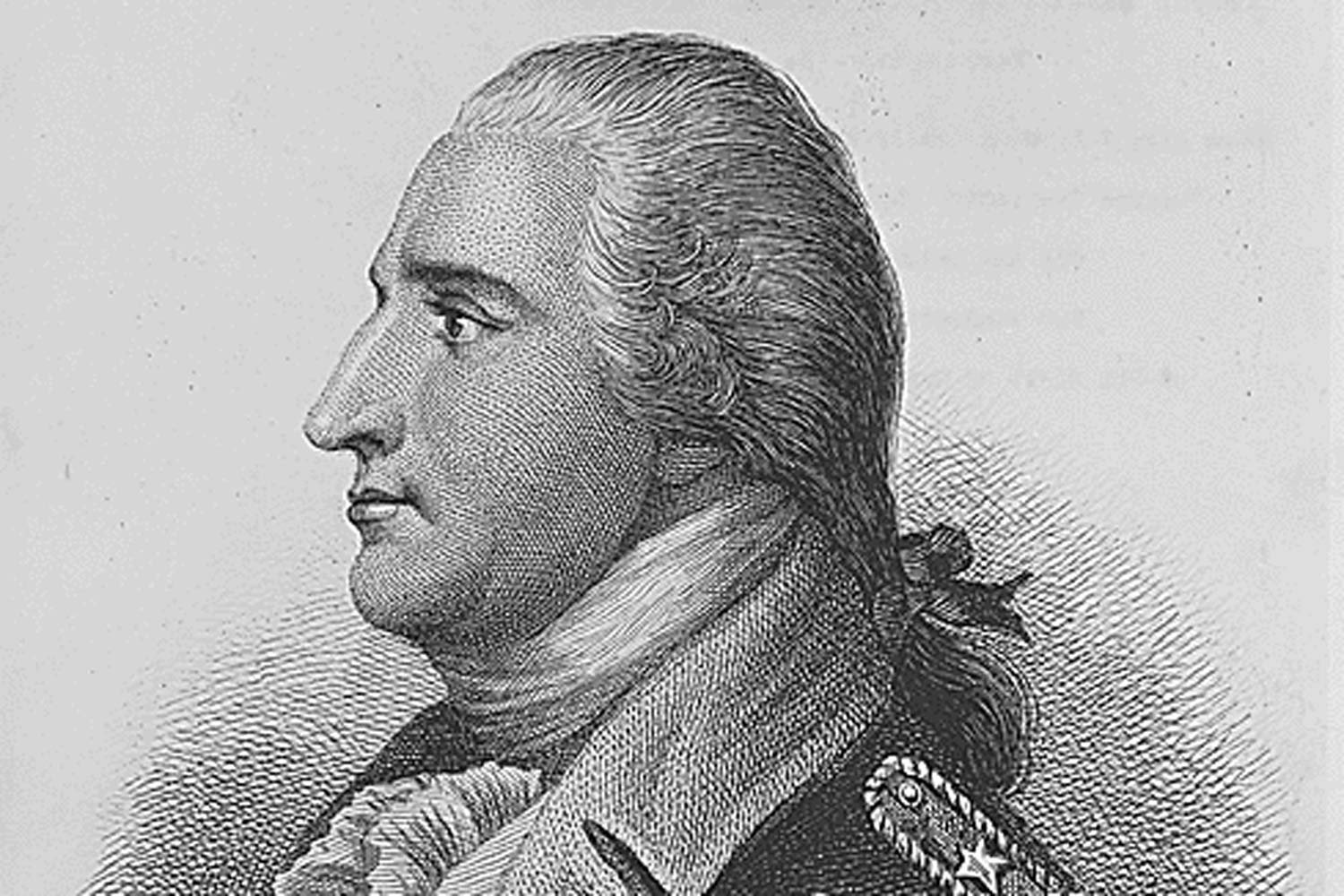
Benedict Arnold and the Perilous March to Quebec
Benedict Arnold’s expedition to the gates of Quebec City in the fall and winter of 1775 is widely regarded as one of the greatest military marches in history. Arnold, despite his sullied reputation due to his traitorous behavior later in the war, was one of America’s most gifted field commanders, and his tremendous leadership skills were put to the test on this perilous journey.
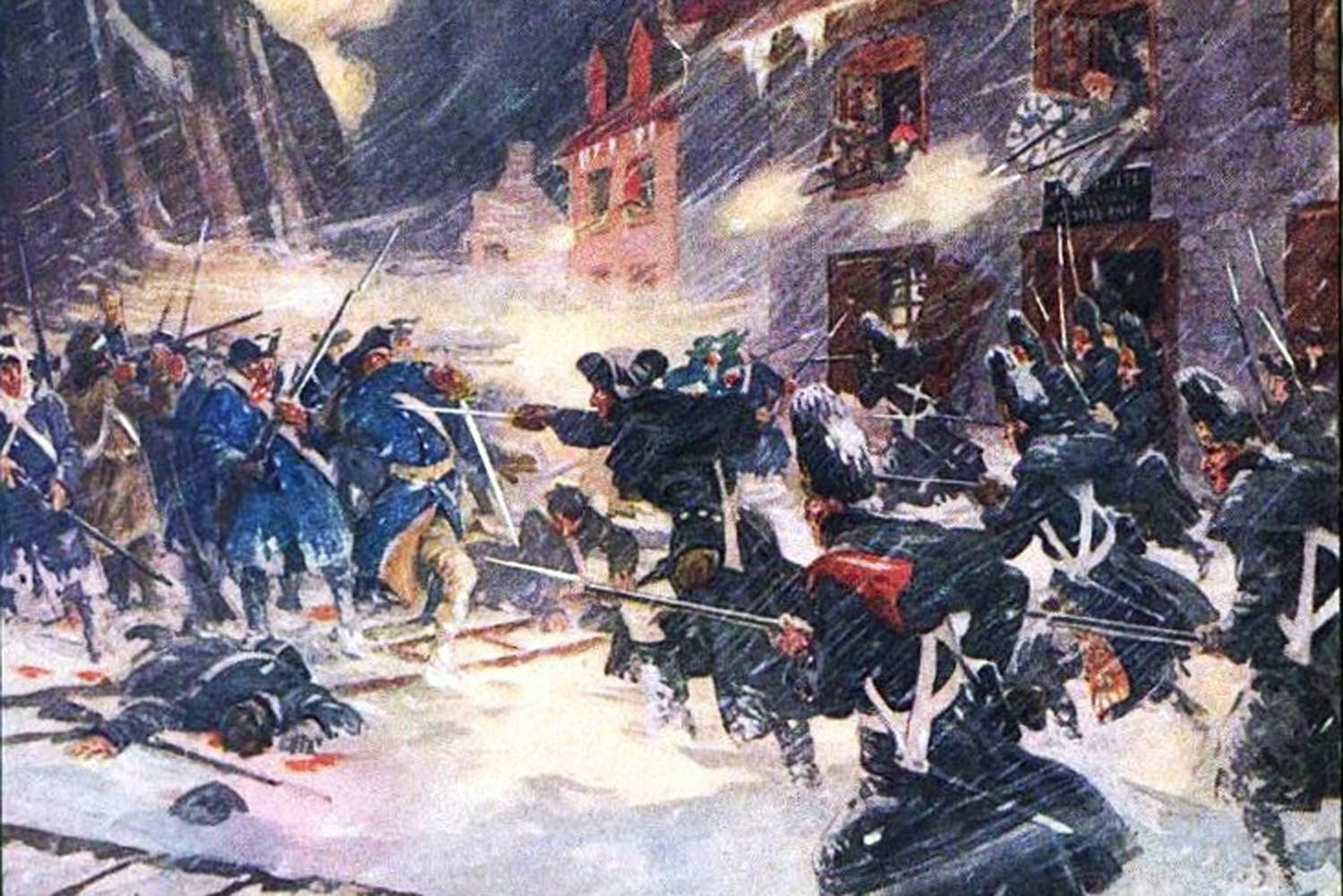
The Continental Army’s Largely Forgotten Invasion of Quebec
The first significant offensive operation of the American Revolution was the largely forgotten invasion of the Province of Quebec by American troops in 1775. It was the opening act of the greater Northern Campaign of 1775-1776 in which the American colonies tried to wrest control of Canada from England. Although it did not end well, there were moments of incredible bravery and perseverance that demonstrated the resolve of our founding generation.
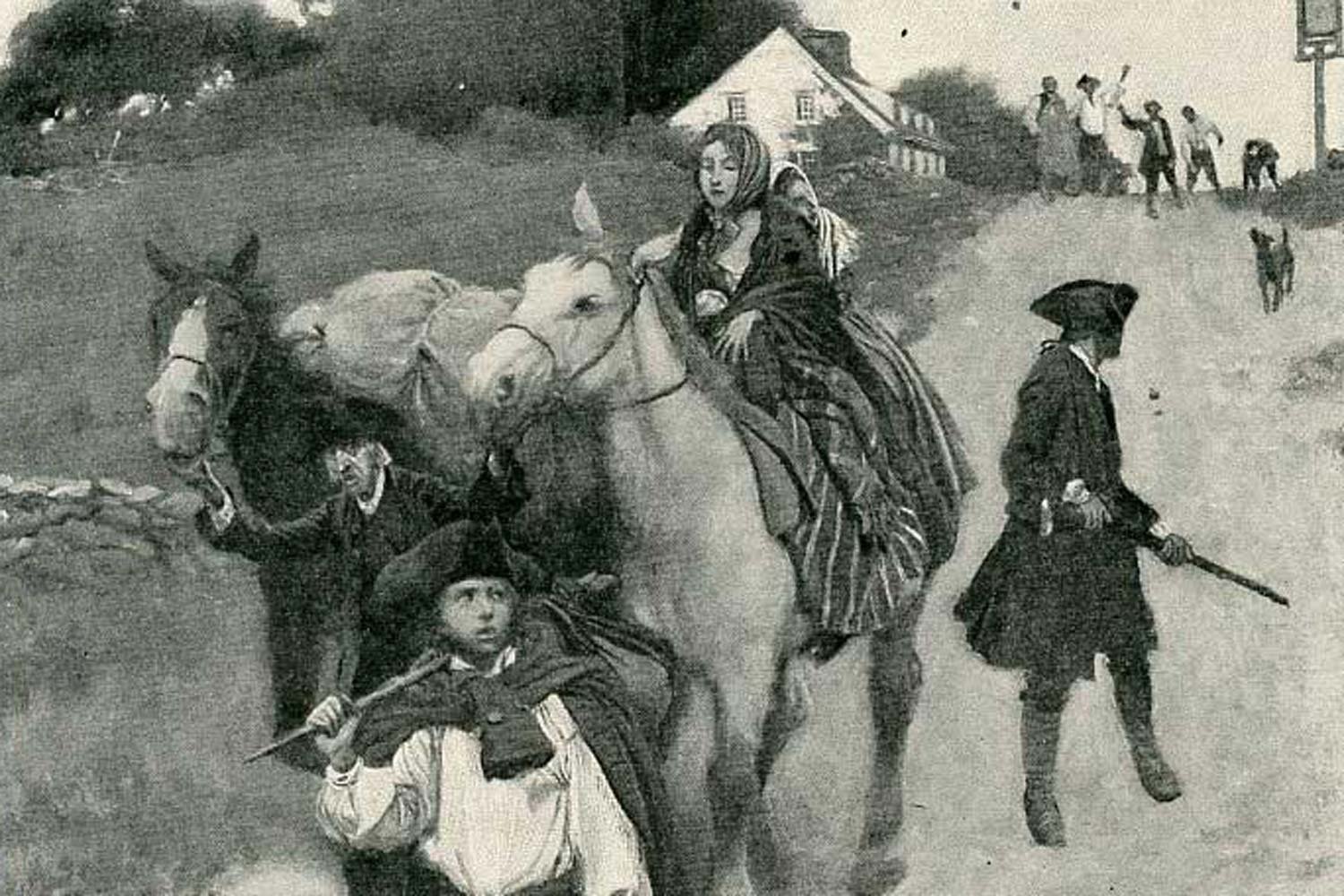
Loyalists, King George and the American Revolution
The American Revolution was not viewed the same by all Americans. Roughly one in four Americans, those we call Loyalists or Tories, did not want to separate from England. They represented a significant portion of the American population, and many of them were prominent citizens. Importantly, they had worked as hard to create America and believed as much in the righteous of their cause as any Patriot.
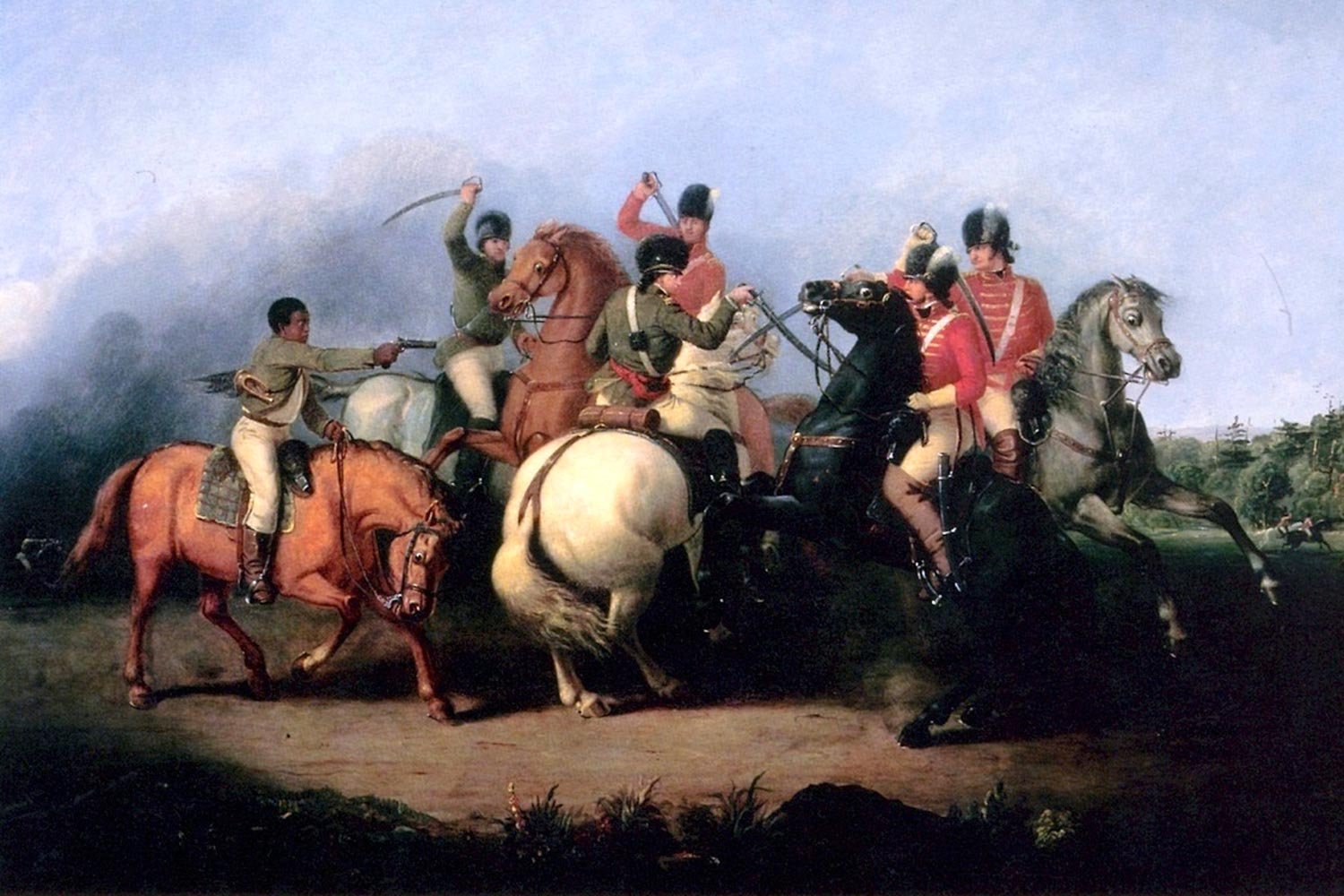
Patriots, Loyalists and America’s First Civil War
With the Battles of Lexington and Concord in 1775, the actual fighting of the American Revolution was underway. As it turned out, this open warfare was not reserved just for the new Continental Army formed around Boston and the British Army trapped in the city. It soon spilled over into a fight between neighbors.
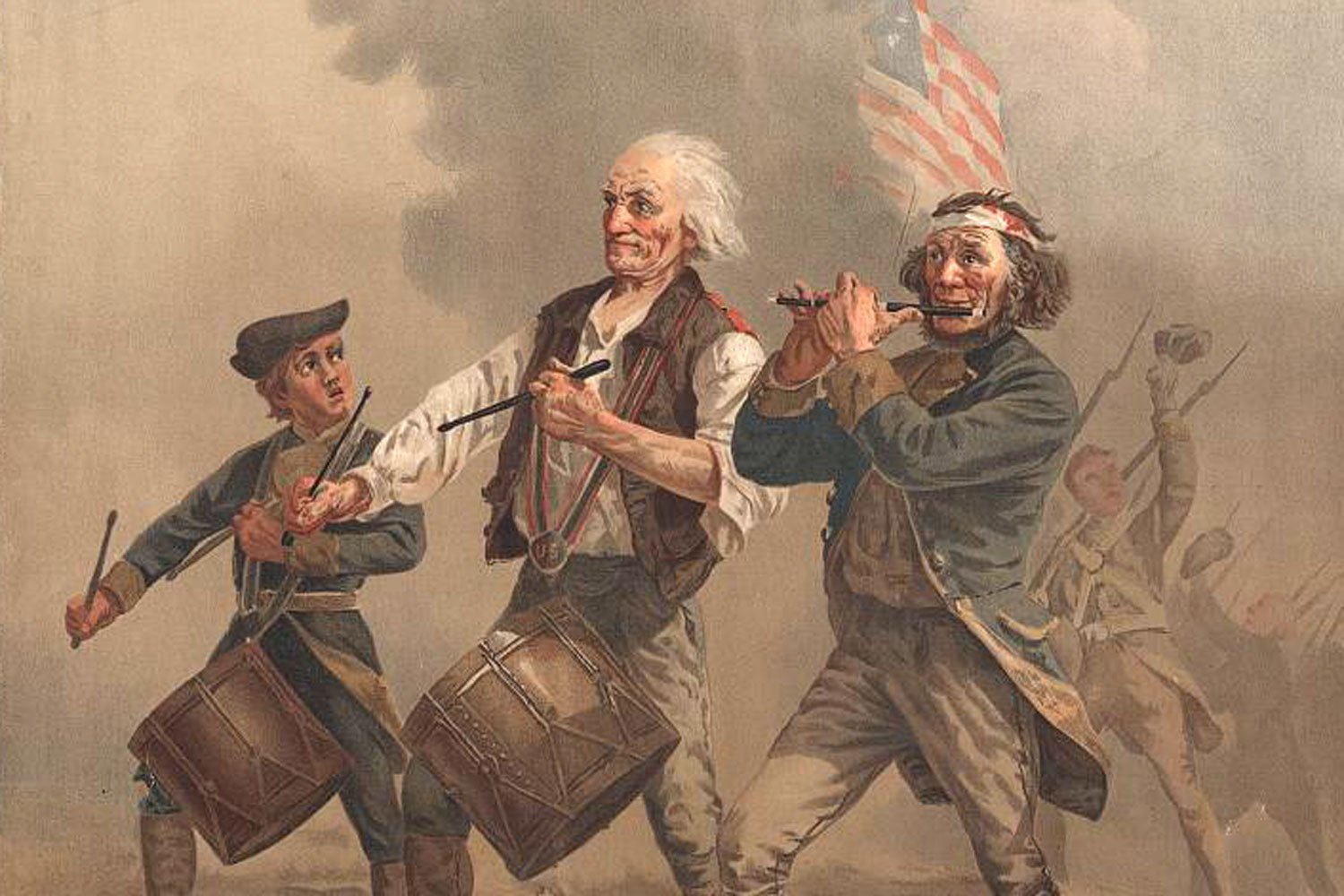
Americans Divide Over Independence
According to the Merriam-Webster dictionary, a civil war is a war between opposing groups of citizens of the same state or country. By this definition or any objective measure, our nation experienced a civil war from about 1773 to 1783. It was much worse in its intensity and cost than anything from the Civil War, including Sherman’s infamous March to the Sea.




